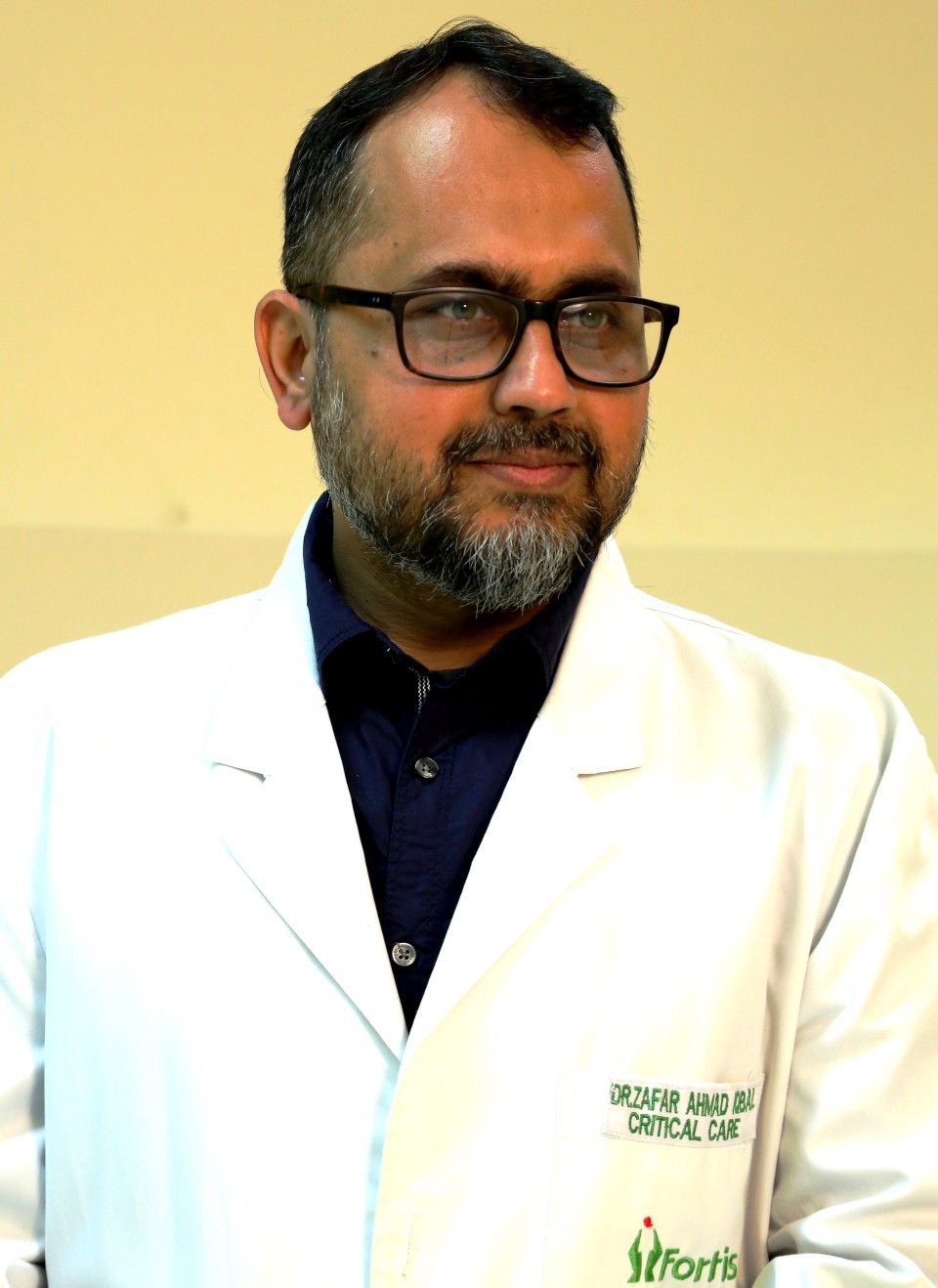
Chandigarh
24 March 2023
DIVYA AZAD
Tuberculosis is the 13th leading cause of death across the world and the second leading one after COVID-19. According to data provided by TB Facts.org, the disease claimed over 1.6 million lives across the globe in 2021. India had the highest number of TB infections globally with an incidence rate of 188 cases per lakh population last year. To raise awareness on tuberculosis and initiate efforts to eradicate the disease, World Tuberculosis Day is observed on 24th March every year. The theme of this year’s event is “Yes! We can end TB!”.
Dr Zafar Ahmad Iqbal, Director, Pulmonology, Critical Care and Sleep Studies, Fortis Hospital Mohali, through an advisory explains the risk factors and measures to prevent tuberculosis.
What is Tuberculosis (TB)?
Tuberculosis is caused by bacteria (mycobacterium tuberculosis) and primarily affects the lungs. However, other organs such as lymph nodes, brain, bones, intestines, kidneys, eyes, skin etc. can also get affected.
How does it spread?
TB spreads from person to person through droplet transmission. Discussing the health condition, Dr Zafar, said, “When a patient with pulmonary TB coughs, sneezes or spits out sputum, the TB bacilli get disseminated in the air through droplet particles. These particles, when inhaled by a healthy person, transfer the bacteria to the healthy lungs and cause infection. Depending upon the host immunity, the infected person may get the disease. Fortunately, only a small percentage of people get the disease after getting infected. Apart from TB of the lungs, other types of the disease are non-infectious.”
Types of TB
Dr Zafar said depending upon the organ involved, TB was categorised as Pulmonary and Extra Pulmonary Tuberculosis. “In drug-resistant tuberculosis, the bacteria develop resistance to one or more of the main drugs used for treatment, either by non-compliance to treatment by the patient, poor quality drugs, wrong prescription or drug abuse. Coexistence of TB with HIV is another global epidemic of concern which accounts for over 10% of TB deaths,” he added.
Symptoms
Dr Zafar said the symptoms of TB included cough with sputum (symptoms persist for more than 2 weeks), fever, weakness, loss of appetite, loss of weight, blood in sputum and chest pain. “The organ-specific symptoms include abdominal pain, abnormal bowel movement, breathlessness, headache, altered sensorium, blood in urine, infertility etc.,” he added.
Diagnosis & Treatment
The main tests include sputum examination for tubercular bacilli, X-ray, besides specialized tests such as Fine Needle Aspiration Cytology (FNAC), biopsy, pleural fluid analysis etc. The treatment is free of cost at Government DOTS centres. Healthy diet is paramount for TB treatment.
Prevention
Dr Zafar further added, “BCG vaccine administered at the time of birth is an effective tool to prevent TB. Healthy lifestyle along with balanced diet, abstinence from smoking and maintaining cough etiquette are important. Hygienic and good ventilation along with adequate sunlight helps kill the bacteria. Monitoring close contacts of pulmonary TB patients and other high-risk groups like those affected with HIV, on immunosuppression, diabetes etc. should be done for early diagnosis and treatment. Spreading awareness and active participation can help eradicate the disease.”















































